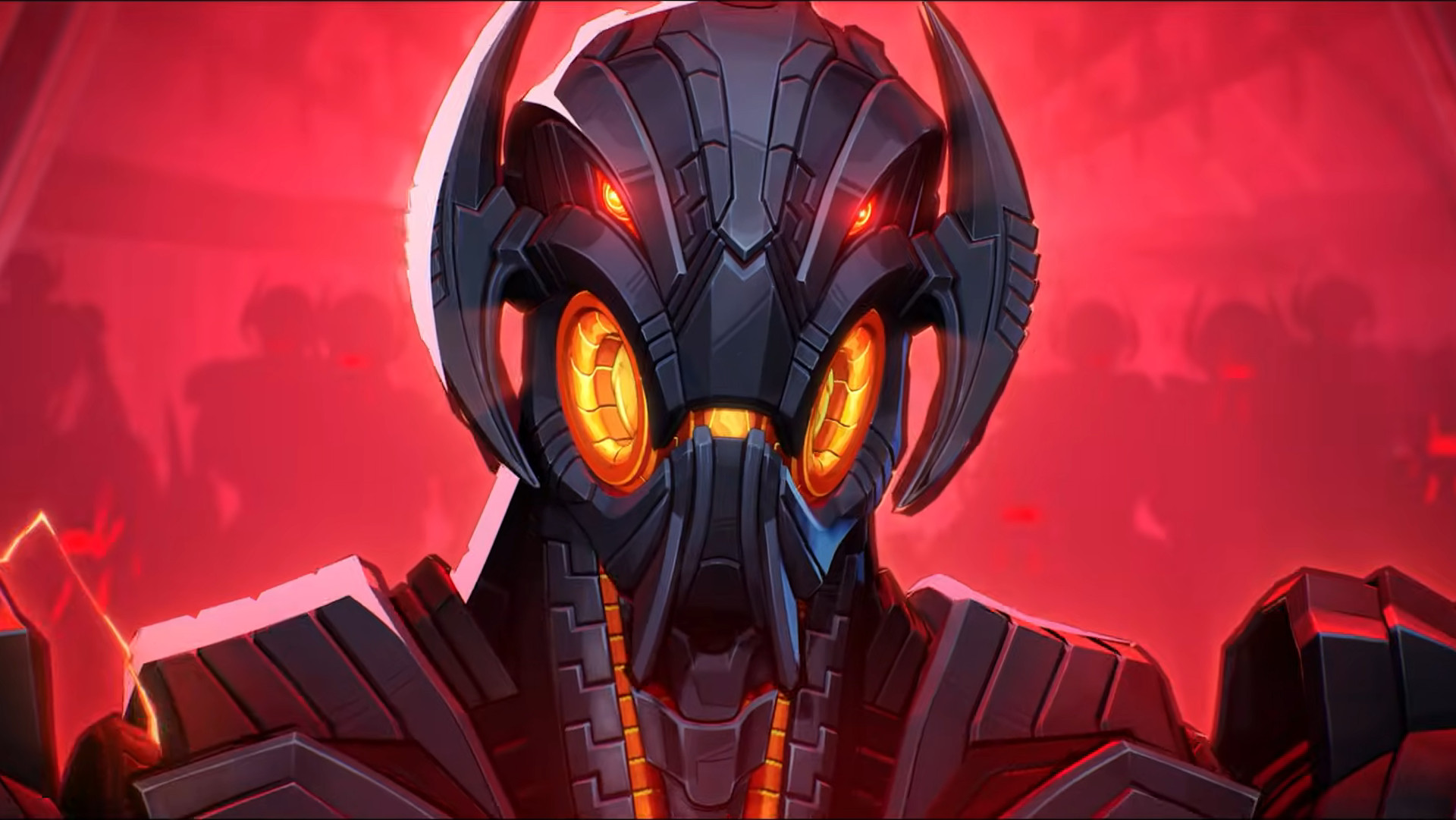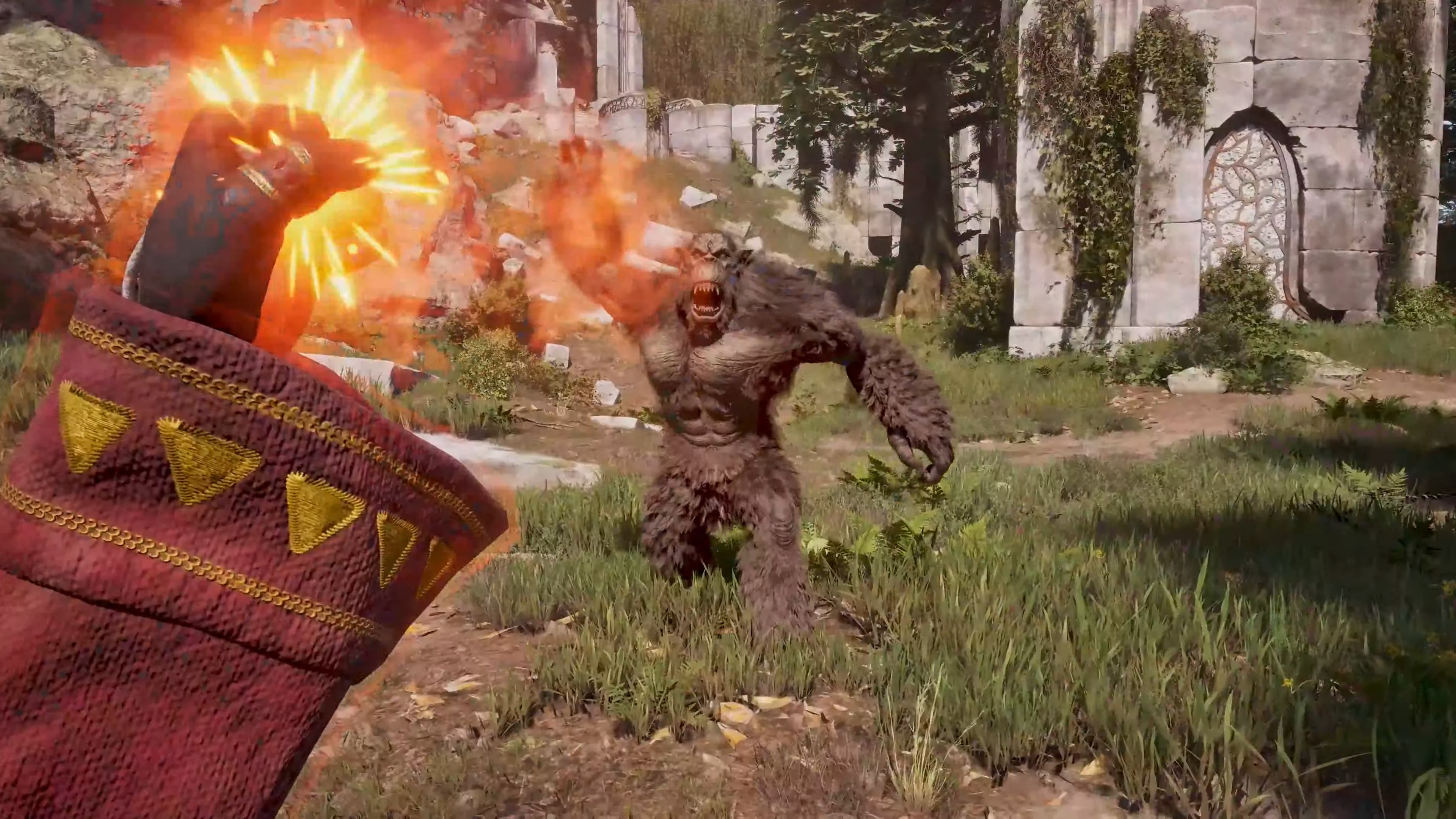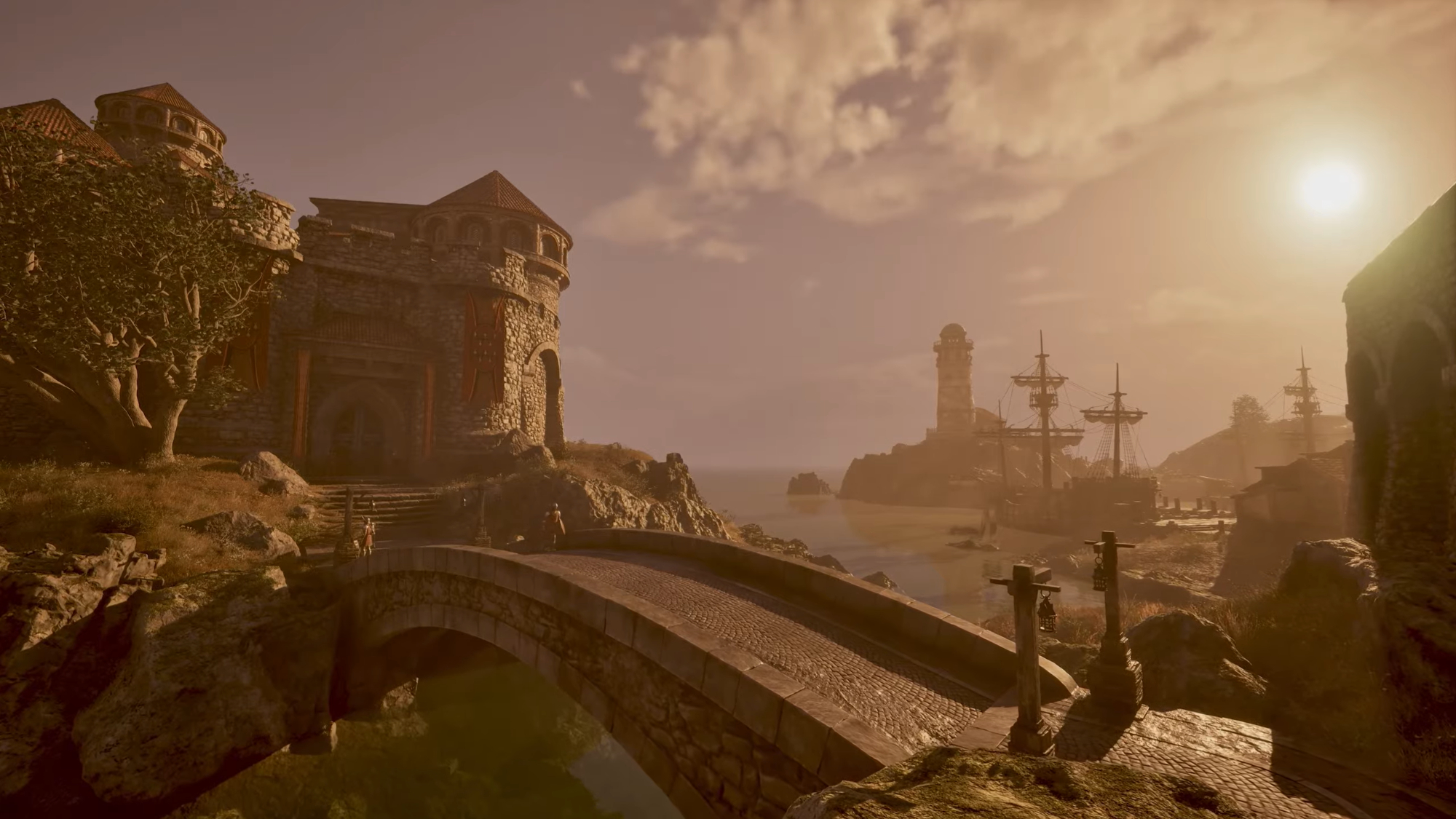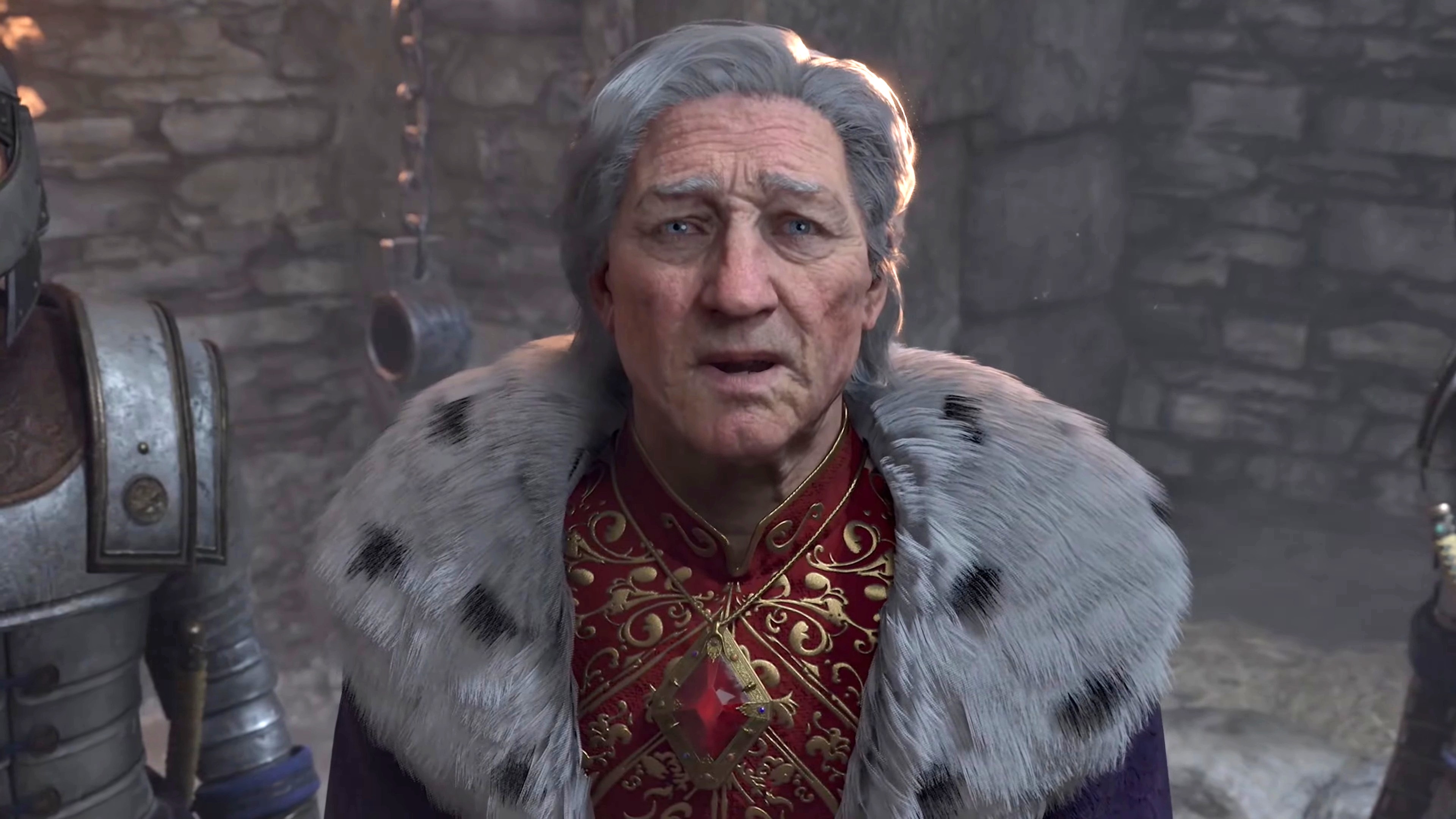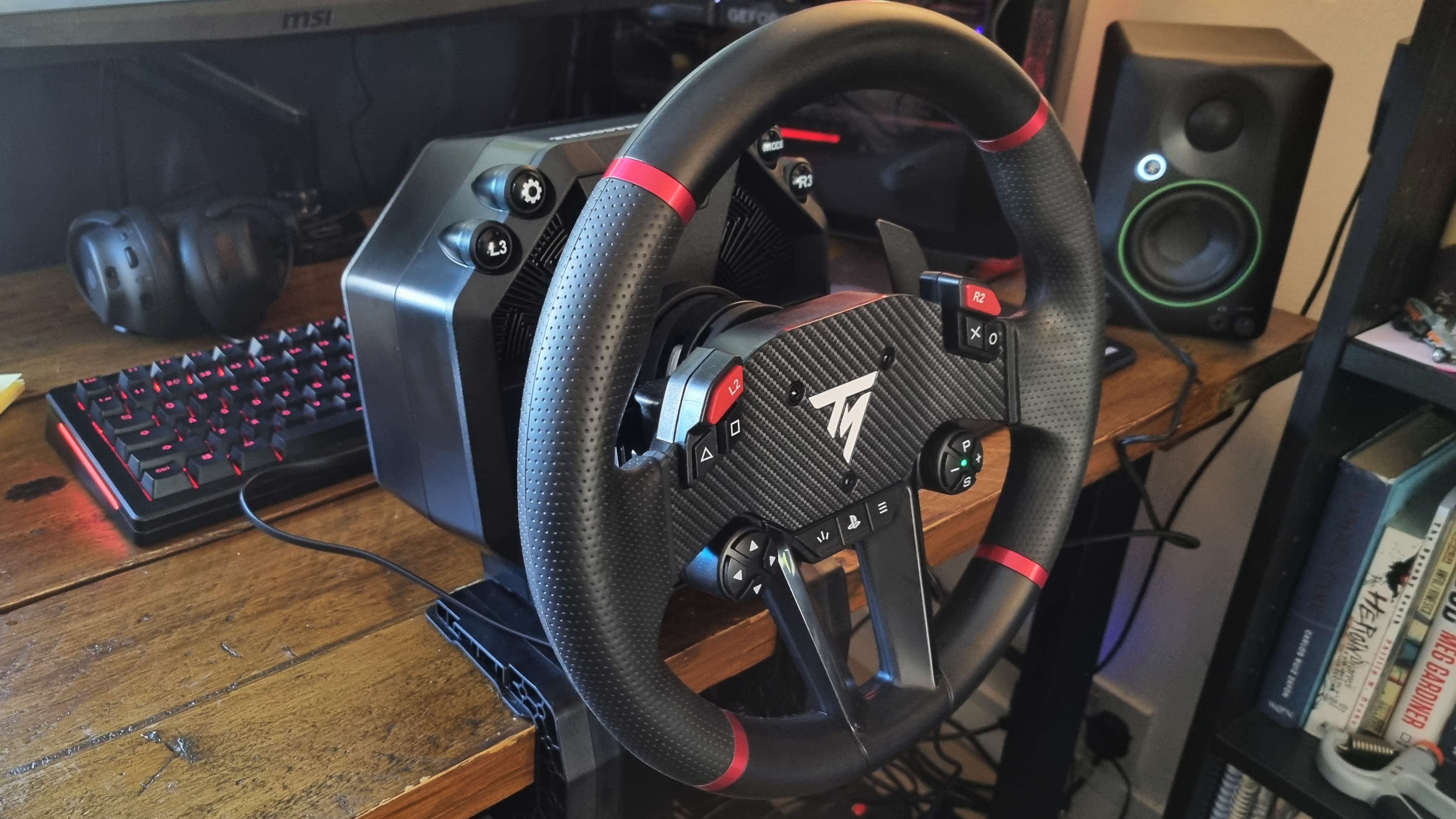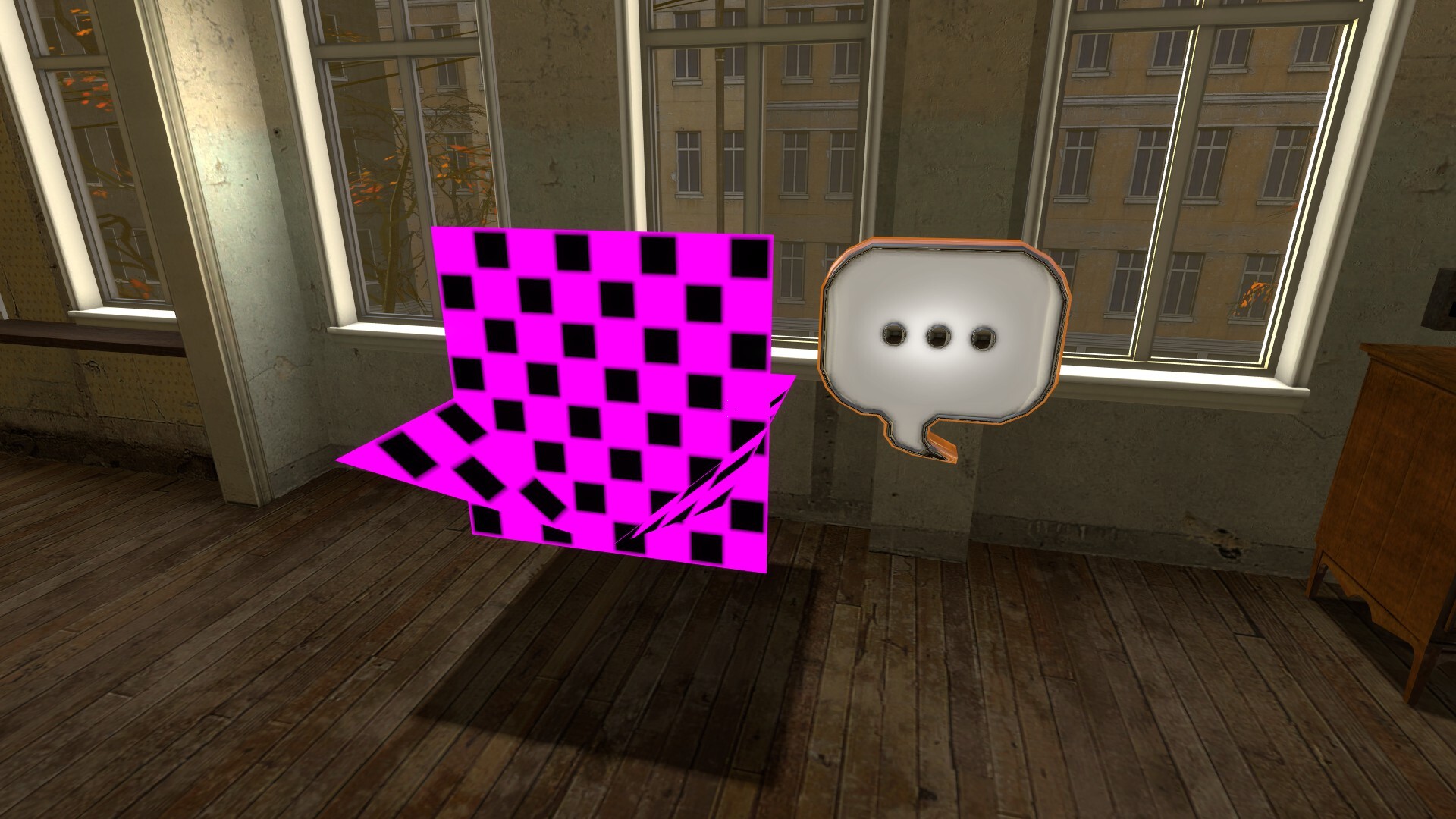
There's no mistaking this guy.
It feels weird to say, , but the error texture on Valve’s Source engine feels like an old friend to me. Its arresting, black and fuchsia checkerboard is a familiar face that shows up everywhere from Counter-Strike surf servers to bootleg Mario Kart maps in Team Fortress 2. It kind of rhymes with the similarly ugly-cute “FIREBLU” lava texture from Doom, a cheeky reminder of a beloved FPS. Now, in the 20th anniversary developer commentary for Half-Life 2, Valve has explained some of the reasoning behind creating the now-iconic error visual.
The relevant bit of commentary comes at the beginning of Half-Life 2, in the tenement area before the Combine raid begins. Valve senior software engineer Jay Stelly takes the mic to talk about the texture’s origin alongside a brief example of it in action.
“Early on in developing our low-level graphics code, we realized it would be difficult to spot polygons that weren’t rendering due to a missing texture,” Shelly said. “When this happened, you’d typically just see black where the polygon should be, which could easily go unnoticed in some darker scenes. To catch this bug more reliably, we created an error texture that would be visually unmistakable and generated automatically whenever a texture failed to load.
This gave rise to the now-iconic purple and black checkerboard texture, which has since taken on a life of its own well beyond Half-Life 2.”
The “beyond Half-Life 2” line is on the money—I don’t recall seeing the texture a single time in the campaign itself (so I guess it did its job). Instead, most people associate it with mods or other non-Valve Source games, particularly the madcap and flexible Garry’s Mod. The presence of the neon checkerboard in place of walls, floors, or entire skyboxes was your first clue that not all is right with your version of Garry’s Mod. Sometimes it meant a custom map was bugged, but more likely, the game was trying to load textures you didn’t technically have access to—if you owned Half-Life 2 and Team Fortress 2 but not Counter-Strike: Source, for instance, you’d get errors and checkerboards as far as the eye could see.
The striking image of a glitched level comprised entirely of the eye-searing pattern seems like a particular meme favorite, with a nostalgic liminal quality and patent absurdity making it an easy pairing with Kramer telling Jerry what’s behind a glowing doorframe, or maybe Ryan Gosling all lit up in Blade Runner 2049. It’s another example alongside—I’m sorry—Skibidi Toilet of the enduring presence Half-Life and the Source engine still have all these years later, separate from and beyond the specifics of the games themselves. I certainly prefer Valve’s disco dancefloor neon dream to the Unreal Engine’s equivalent, a weird mold texture dating all the way back to 1995.

